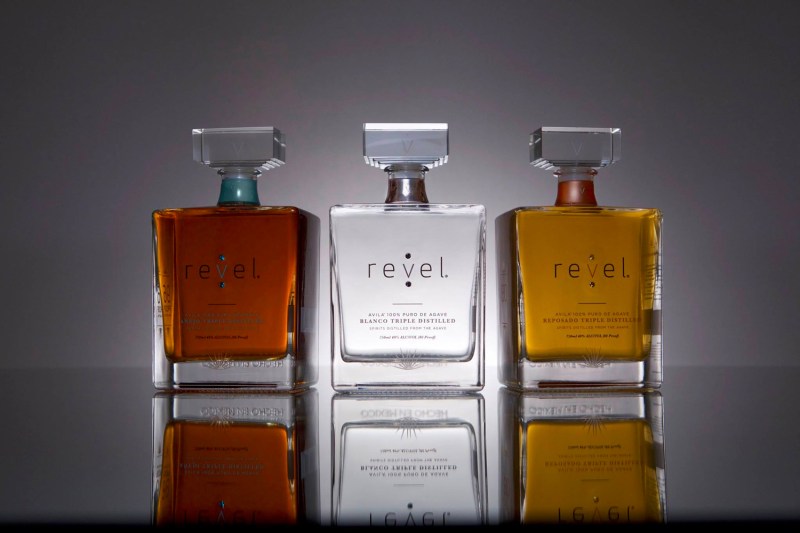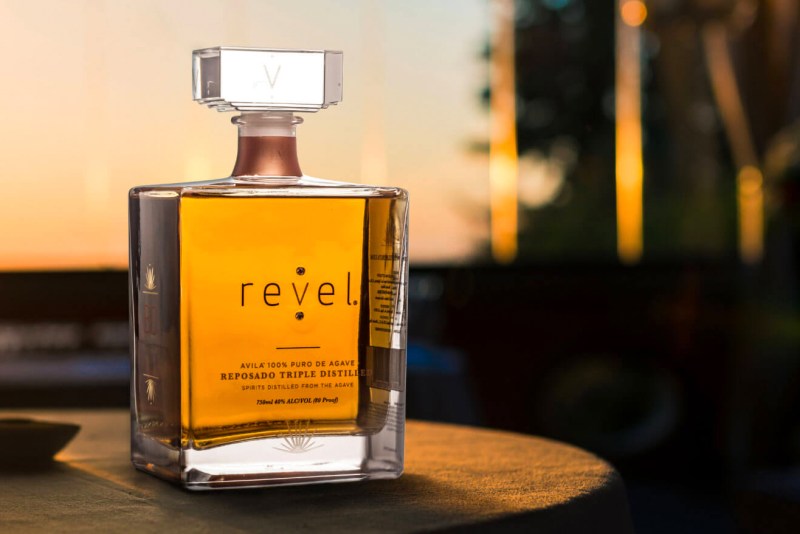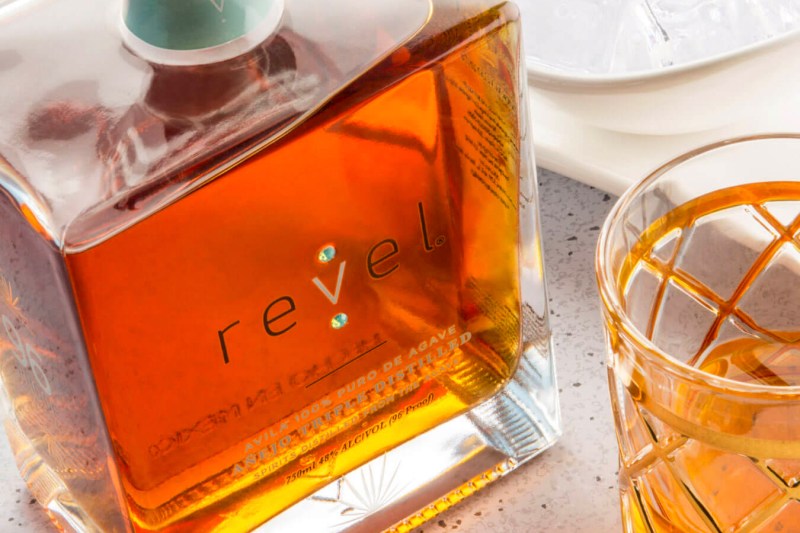A Patron margarita at a Los Angeles bar in 2010 altered the world of agave spirits.
Micah McFarlane ordered that margarita mostly based on the fact that his knowledge of top-shelf spirits at the time was limited, at best. That, plus a question about why he chose Patron from a stranger at the bar — a stranger who turned out to be the owner of a tequila company — led to a friendship and an exploratory journey of agave spirits for McFarlane.

At the time celebrity-endorsed tequilas were starting to take off in earnest, led by Sammy Hagar’s Cabo Wabo Tequila, McFarlane said, and because of that, it led to discussions about MacFarlane’s own music industry connections through his tour management company. While it didn’t lead to a meeting with Sammy Hagar or anything like that, the conversations and researched pushed McFarlane to launch a new category of agave spirits called Avila.
McFarlane, Jacqui Thompson, Susan Clausen, and Hector Ruiz started Revel Spirits in 2012. Ruiz, a Minneapolis restaurant owner, learned of McFarlane’s desire to start a tequila company and challenged him to head to Mexico. A week later, they were exploring the Mexican state of Morelos and tasting the home distillations.
“Ruiz has his cousins in Morelos and they take absolute pride in what they do,” McFarlane said. “Our master distiller came up with these blends and styles that I kept bringing to people who kept saying it’s outstanding.”
The name “avila” comes from the master distiller for Revel, whose surname is Avila. The spirit currently uses blue weber agave, the same as in tequila, but could be expanded to different species in the future.

Revel both steams (like tequila) and roasts (like mezcal) the agave before blending. The roasting process, however, does include a step to release smoke from the piñas, resulting, in a less smoky product — which is furthered by the blending with the steamed piñas. The state of Morelos is home to an active volcano, which lends incredible quality to the soil for a unique terroir for avila.
Revel currently has three expressions: Blanco, Reposado, and Añejo. Blanco is smooth and citrusy with a slight finish of smokiness. Reposado finishes with the same slight smoke but leads with a buttery vanilla lent from 12 months in once-used American whiskey barrels.
The Añejo spends 24 months in new French oak barrels, leading to complex and intense oak and chocolate characteristics, followed by the same slight smoky finish.

By official designation, other agave spirits made in Morelos can’t be called mezcal or tequila, so the distilled products being made with friends making spirits for friends. For a time, there was a government program in Morelos that gave farmers subsidies to plant agave for insulin and for more than 20 years, the farmers distilled the byproduct for their neighborhoods, McFarlane said.
Revel is the first product released commercially as Avila, but McFarlane has big aspirations for the category. There’s already a co-op of distillers in Morelos with hopes to enter the U.S. (and the rest of the globe) and McFarlane sees a roll out similar to Del Maguey Single Village Mezcal.
“The standard is just made 100 percent agave and from Morelos,” he said. “Revel is just the flagship, we can have all sorts of single estates and blends and varieties of agave plants, steamed or roasted.”

Revel is currently in California, Minnesota, and New York and hopes to launch in Florida, Texas, Nevada, and Chicago next year, he said. The musician Babyface has also joined as a partner.
McFarlane said the company has already invested a “little bit” of money back into the Morelos communities, resulting in some improved conditions.
He also doesn’t see the other Mexican spirits — like tequila, mezcal, Bacanora, and sotol — as competition. He hopes the combined efforts of the growing segments can make it so liquor stores no longer simply label aisles “rum, vodka, gin, tequila.”
“We could not — nor do we want to — go against tequila or mezcal, there is enough room in agave spirits for Avila,” McFarlane said. “The Casamigos business story is one thing, but the fact they made a mezcal and are helping make it more commercial, it develops the whole industry and there’s a chance to educate on agave spirits because of what George Clooney is doing.”


